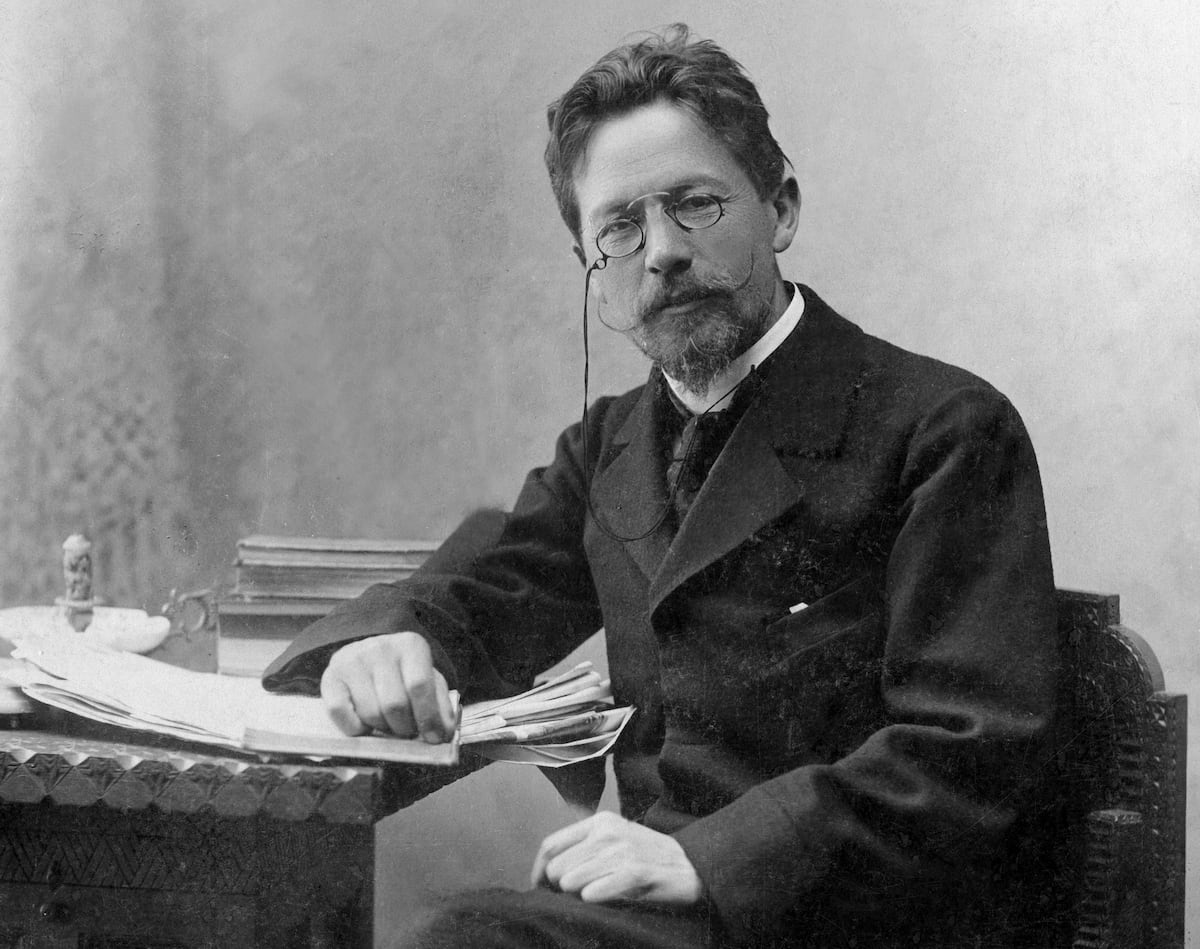
"In one of his letters, Anton Chekhov wrote that medicine was his legal wife and literature his lover. While working as a rural doctor in the villages of the Moscow Oblast, he created characters, fictional conflicts, and units of action. In this way, he scattered stories and plays along a path that would eventually travel around the world. Crossing the boundaries of reality, he even invented a disease called hyperesthesia of the speech center, which he included in one of his short stories."
"To make the imaginary illness in his story even more credible, he tells us that it was named by Jean-Martin Charcot himself, and that amputation of the tongue is the only way to cure the disease, according to this illustrious doctor. In this way, Chekhov uses his medical profession to create a short story that is the closest thing to a prank carried out with the talent of a brilliant author. In this way, an imaginary illness becomes a medical term that passes as real."
Anton Chekhov combined medical practice and literature, describing medicine as his 'legal wife' and literature his 'lover.' While practicing as a rural doctor, he created characters and fictional conflicts that spread globally. He fabricated a disorder, hyperesthesia of the speech center, and lent it plausibility by invoking fellow physicians and attributing the name to Jean-Martin Charcot, even proposing tongue amputation as a cure. That literary invention shows how fiction can masquerade as medical terminology. Conversely, some healthy individuals believe they are ill and seek constant medical attention, a behavior exemplified in the hypochondriac figure Argan.
Read at english.elpais.com
Unable to calculate read time
Collection
[
|
...
]